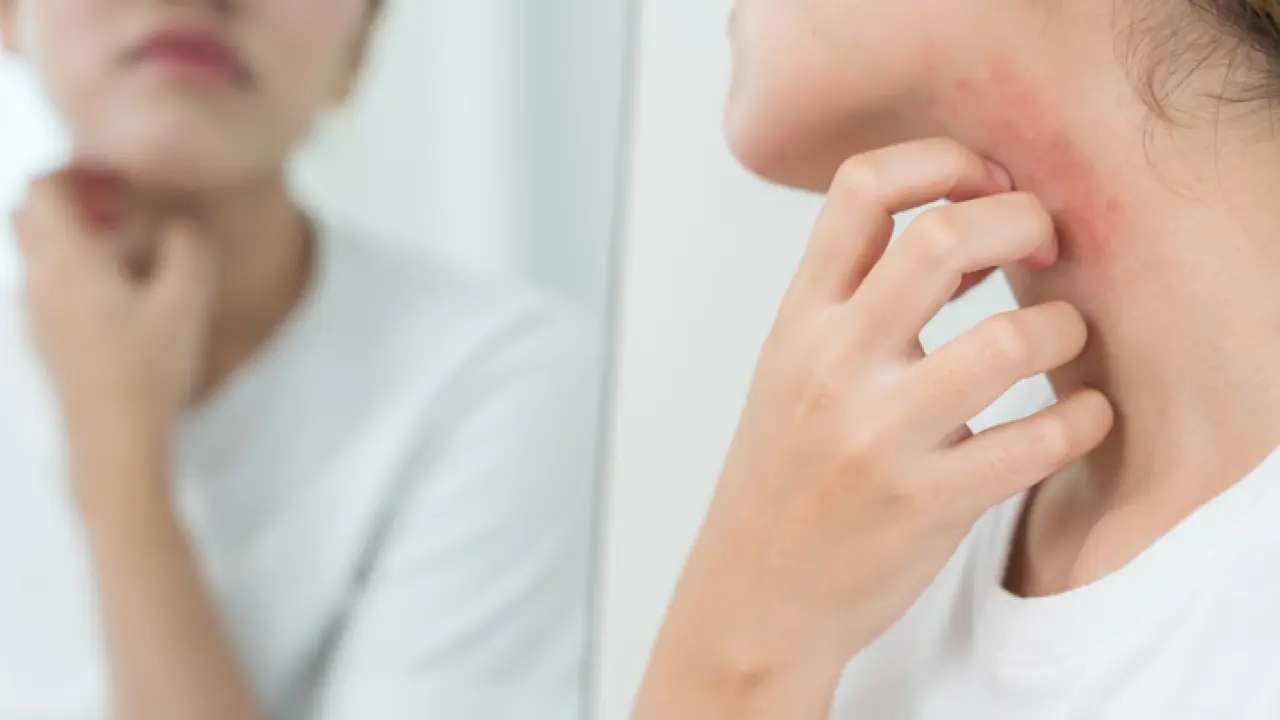If you’re dealing with a red, itchy rash that looks like a spreading circle, you might be wondering: “How do I get rid of ringworm fast?”
Ringworm (tinea corporis) is a common fungal infection that can spread quickly, but with the right antifungal care, most cases improve within just a couple of weeks. In this guide, you’ll learn what ringworm looks like, how antifungal treatments work, and the steps you can take to clear it up as quickly as possible.
What Exactly Is Ringworm?

Here’s the part that always surprises people: ringworm has nothing to do with worms. It’s caused by a group of fungi (dermatophytes) that love feeding on keratin — the protein in your skin, hair, and nails.
Picture it like this: fungi are opportunists. They thrive in warm, damp environments — sweaty gym clothes, steamy locker rooms, even your pet’s fur. Once they find a way onto your skin, they settle in and form those classic ring-shaped rashes.
How to Spot Ringworm
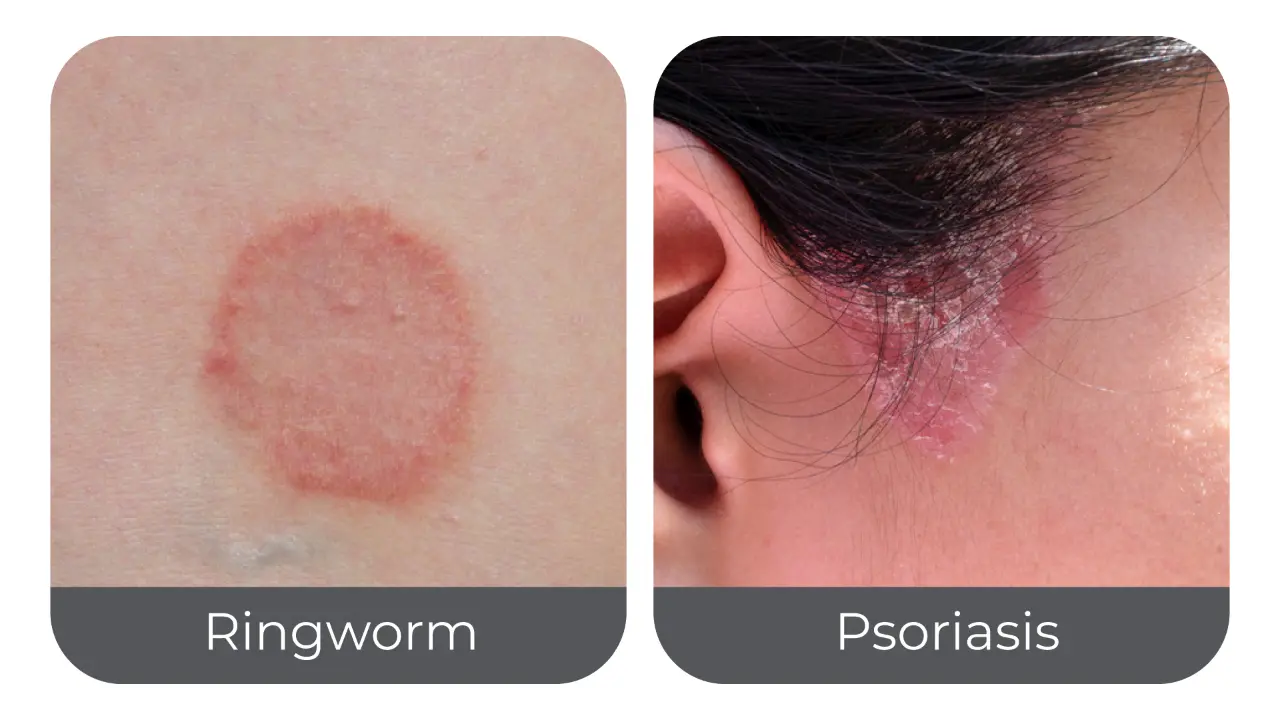
Not every itchy rash is ringworm, but the signs are pretty distinct:
- Round, red patches with scaly, raised edges
- A clearer center that makes the patch look like a ring
- Itchiness that can range from annoying to maddening
- A tendency to spread outward if left untreated
 Pro Tip: If you’ve noticed that your dog or cat are scratching themselves more than usual and find a matching rash, get them checked. Pets are common carriers — and treating only yourself without addressing them is like mopping up water while the faucet’s still running.
Pro Tip: If you’ve noticed that your dog or cat are scratching themselves more than usual and find a matching rash, get them checked. Pets are common carriers — and treating only yourself without addressing them is like mopping up water while the faucet’s still running.
Why Treating Ringworm Quickly Matters

Ringworm is highly contagious. Skip treatment, and you risk:
- Passing it to family, roommates, or teammates
- Spreading it to other areas of your own body
- Scratching so much you cause a secondary bacterial infection
Bottom line: the faster you treat it, the less chance it has to dig in — and the quicker your skin will thank you.
Fastest Ways to Get Rid of Ringworm
Think of treatment as a two-part strategy: kill the fungus, and make life less inviting for it.
Step #1: Cleanse With Antifungal Soap
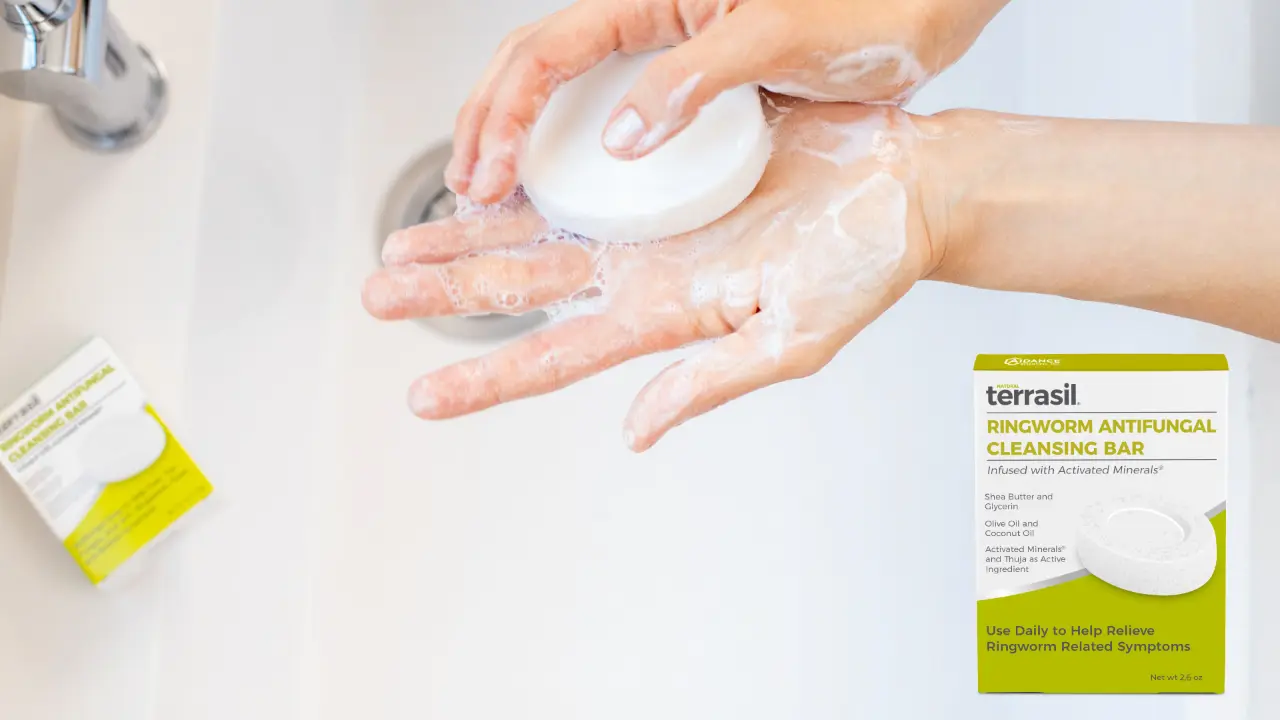
Regular soap gets you clean, but antifungal soap is designed to do more — it helps wash away lingering fungal spores that can otherwise stick around and reinfect your skin. Using one daily can make your treatment routine more effective and reduce the chances of the infection spreading.
For example, the terrasil® Ringworm Cleansing Bar is formulated to be tough on fungal spores yet gentle on skin. It supports the action of antifungal ointments by keeping the affected area clean, balanced, and less hospitable to fungus. Adding a bar like this into your daily shower routine is a simple but powerful step toward faster recovery.
Step #2: Use a Proven Antifungal Ointment
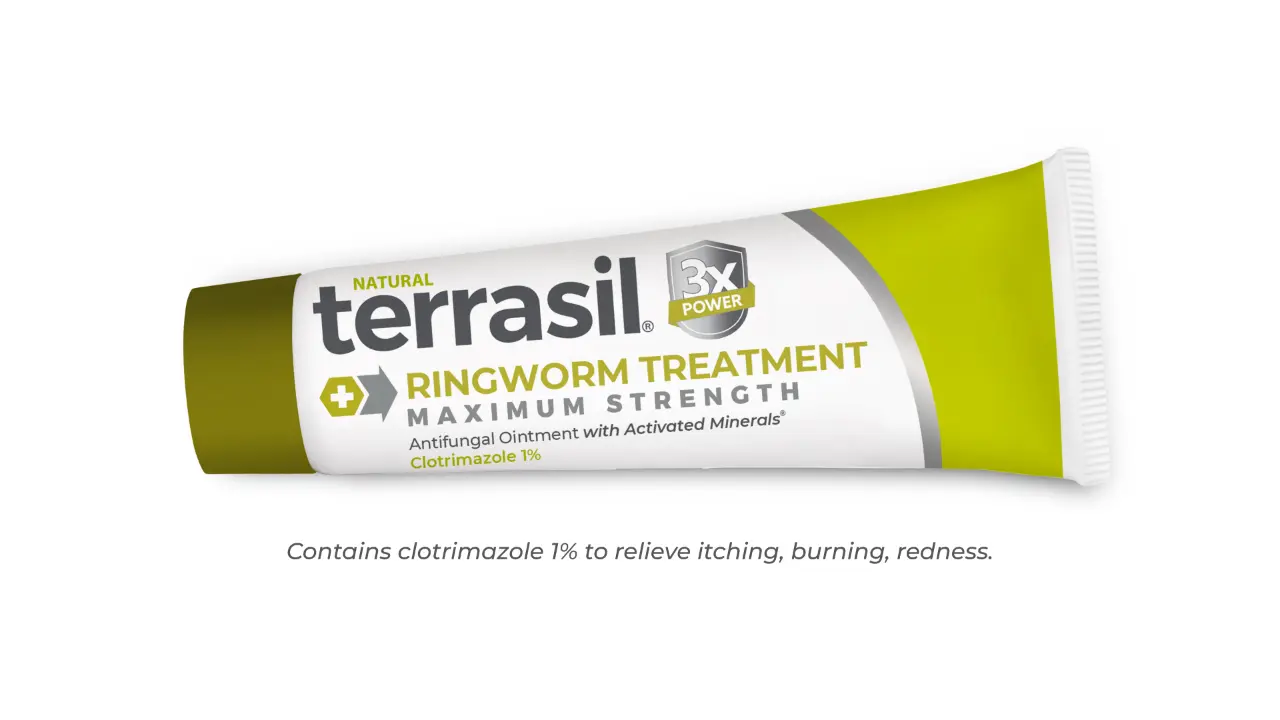
The cornerstone of treatment is an over-the-counter antifungal containing clotrimazole 1% — recognized by the FDA to treat ringworm .
- Example: terrasil® Ringworm Treatment MAX doesn’t just include clotrimazole; it also uses a unique mineral-based support system to calm irritation while targeting the fungus.
- Apply twice daily for 2–4 weeks. Even if the rash looks better after a week, stick with it — cutting treatment short is one of the biggest reasons ringworm comes back.
 Think of it like antibiotics: you wouldn’t stop halfway through your pills just because you feel better. Same rule here.
Think of it like antibiotics: you wouldn’t stop halfway through your pills just because you feel better. Same rule here.
Step #3: Stay Dry, Stay Clean
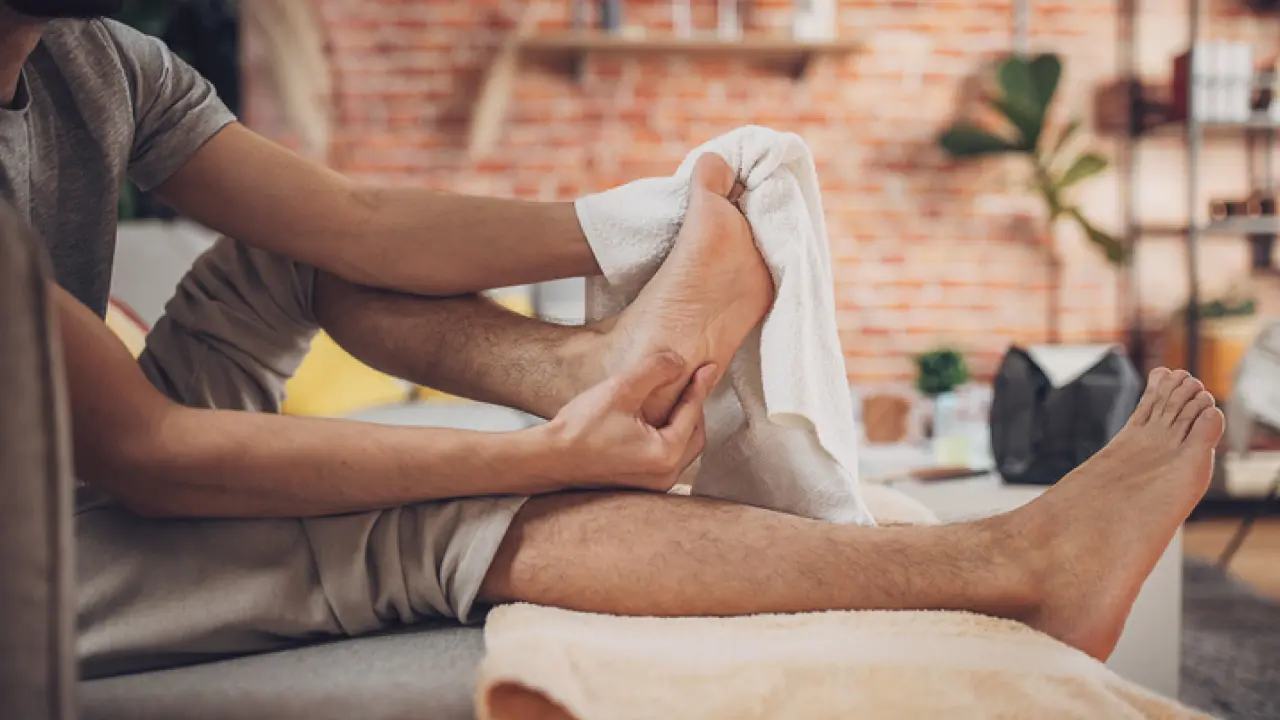
Fungi hate dry skin. After showers, workouts, or even mowing the lawn in the summer heat, pat your skin dry (don’t rub, which can irritate). Change out of sweaty clothes as soon as possible.
Step #4: Guard Your Stuff
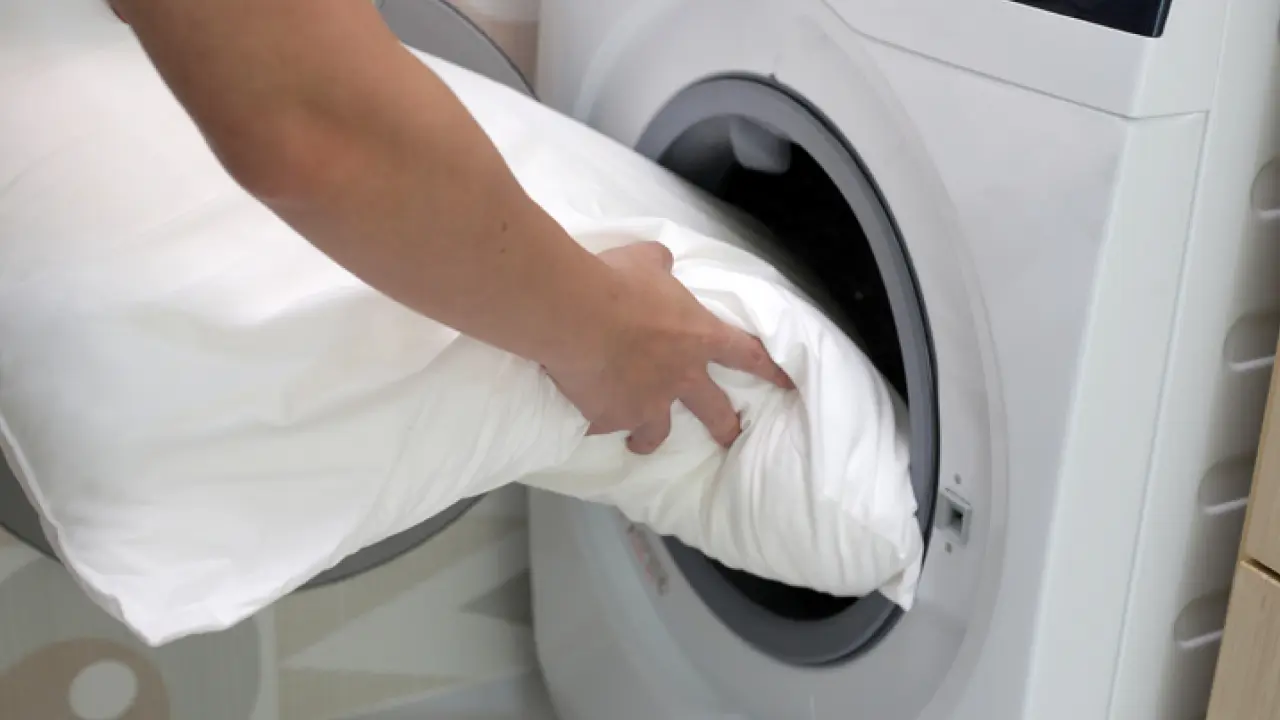
Ringworm spores can also live on fabrics and surfaces. Be sure to wash your sheets, towels, and workout gear in hot water and dry on high heat. Also, avoid sharing personal items until the infection clears.
Myths vs Truths About Ringworm
Ringworm has been around for centuries, and with it comes a fair share of myths. Let’s set the record straight:
Myth: Ringworm is caused by worms.
Truth: False. It’s caused by fungi (dermatophytes), not parasites.
Myth: Only people with poor hygiene get ringworm.
Truth: Not true. Even the cleanest person can catch it — gyms, pets, and shared surfaces are common culprits.
Myth: Ringworm will go away on its own.
Truth: Rarely. It often lingers and spreads without antifungal treatment.
Myth: Once it’s gone, it won’t come back.
Truth: It can come back if you’re exposed again (especially if you don’t treat your pet, who may also have it) or stop treatment too early.
Myth: You can “burn out” ringworm with bleach or harsh chemicals.
Truth: That’s dangerous and ineffective. Stick with clinically tested antifungals designed for skin use.
Over the Counter (OTC) vs. Prescription vs. Home Remedies
Here’s how the main options stack up:
Approach | What It Does | When to Use | Downsides |
OTC Antifungal Cream (Clotrimazole 1%) | Kills the fungus, relieves itch and redness | Mild to moderate ringworm on body | Requires consistent 2 – 4 week use |
Prescription Oral Antifungals | Strong, systemic effect | Scalp/nail infections, widespread rashes | Potential side effects, doctor visit needed |
Home Remedies (tea tree, vinegar, garlic, etc.) | May soothe some symptoms | Supportive only, not curative | Not clinically proven to kill fungus |
 The takeaway: OTC antifungals are effective for most cases. Prescriptions are only needed if the infection is stubborn or in hard-to-reach areas like the scalp or nails.
The takeaway: OTC antifungals are effective for most cases. Prescriptions are only needed if the infection is stubborn or in hard-to-reach areas like the scalp or nails.
Prevention: Your Complete Defense Plan
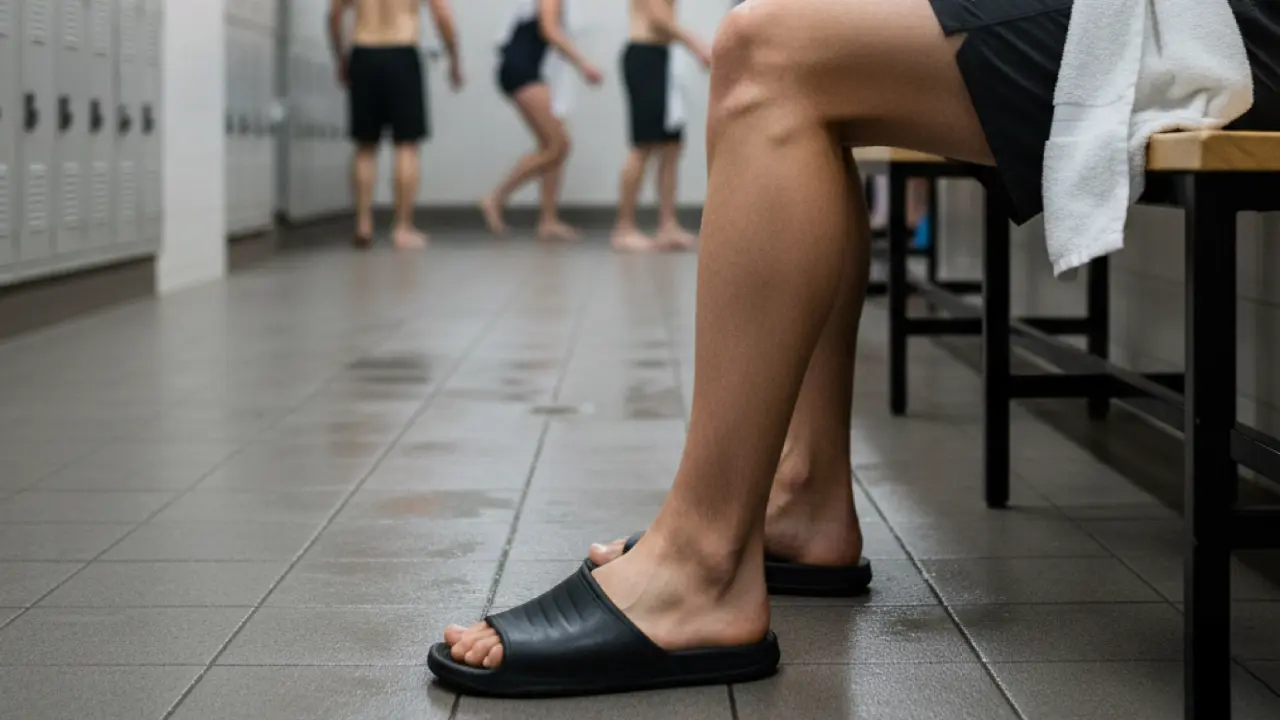
Clearing ringworm is one thing; keeping it away is another. Here’s how to make your skin less appealing to fungi:
Hygiene Habits
- Shower after workouts or outdoor activity, then dry thoroughly. Using an antifungal soap like the terrasil® Ringworm Cleansing Bar can help keep skin clear of spores that linger after sweating.
- Use a separate towel for infected areas, and wash it after each use.
- Clip and clean fingernails — fungi can live under nails and spread when you scratch.
Clothing Choices
- Stick to loose, breathable fabrics, like cotton.
- Change socks and underwear daily (more often if sweating).
- Avoid tight, non-breathable athletic wear that traps moisture.
At the Gym
- Wear flip-flops or shower shoes in locker rooms and showers.
- Wipe down shared equipment before and after use.
- Don’t share yoga mats, gloves, or helmets.
At Home
- Wash bedding and clothes in hot water and dry on high heat.
- Disinfect shared surfaces (couches, gym equipment, bathroom mats).
- Vacuum carpets and upholstery if pets are involved.
Pet Care
- Have cats and dogs checked regularly — especially if they have patchy hair loss.
- Use gloves when handling a pet with suspicious skin changes.
- Treat pets and humans simultaneously if both are infected.
When to Call the Doctor

You should reach out to a healthcare provider if:
- The rash doesn’t improve after 4 weeks of OTC treatment
- It involves your scalp, nails, or groin
- It spreads rapidly or is very painful
- You develop pus, fever, or worsening redness
FAQs
The Bottom Line
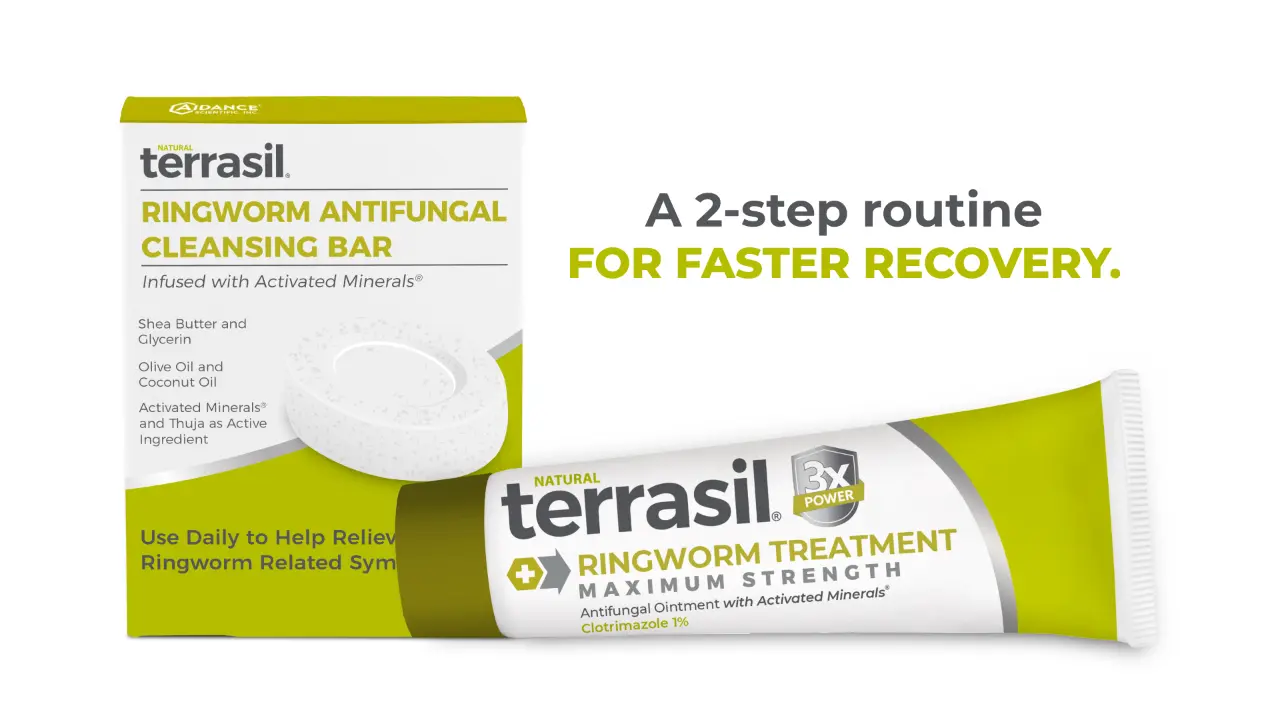
Ringworm might be annoying, contagious, and persistent — but it’s also very beatable. The fastest route to clear skin is a two-step approach:
- Apply a proven antifungal ointment like terrasil® Ringworm Treatment MAX, which contains clotrimazole 1% to directly target the fungus and relieve itching, burning, and redness.
- Pair it with daily cleansing using the terrasil® Ringworm Cleansing Bar to wash away spores and keep your skin less hospitable to reinfection.
With consistent use and a little extra attention to hygiene, you can stop the itch, clear your skin, and prevent ringworm from spreading to others.
References
- Centers for Disease Control and Prevention. “Fungal Diseases: Ringworm.” cdc.gov
- Mayo Clinic. “Ringworm (Body): Symptoms and Causes.” mayoclinic.org
- American Academy of Dermatology. “Ringworm: Diagnosis and treatment.” aad.org
- National Library of Medicine. “Clotrimazole Topical.” nih.gov
Disclaimer
This content is for educational purposes only and is not a substitute for professional medical advice. Over-the-counter antifungal products containing clotrimazole 1% are FDA-recognized for the treatment of ringworm (tinea corporis), athlete’s foot (tinea pedis), and jock itch (tinea cruris).



